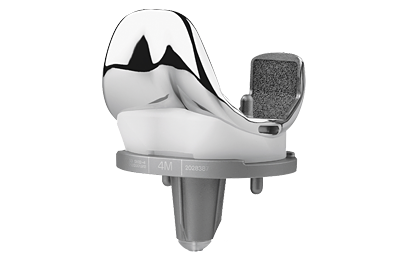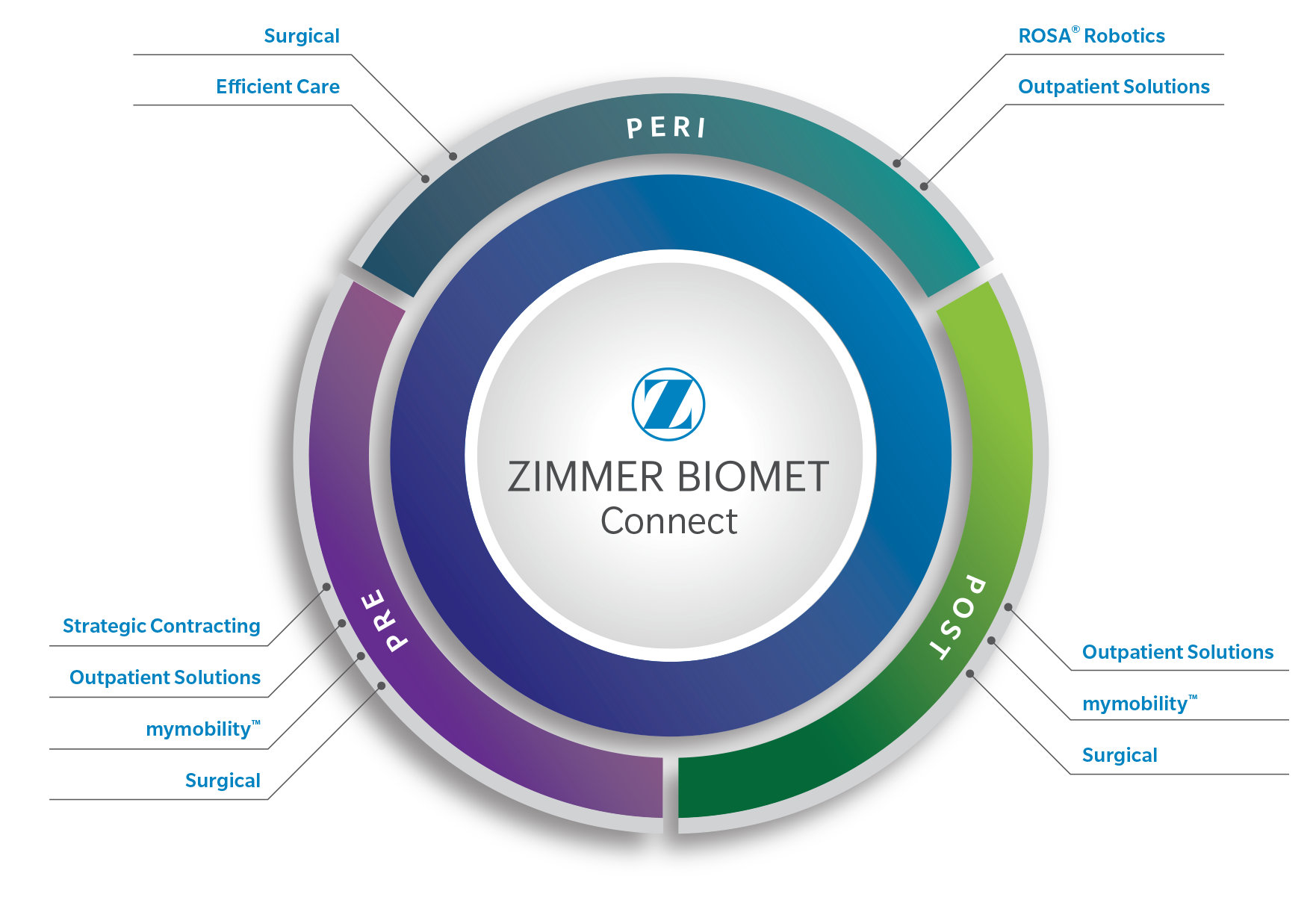The introduction of the Innex system (Innex stands for “Innovation Nexus Next Generation”) in 2001 was an important step in the understanding of the demanding solutions connected with the endoprosthetic treatment of degenerative diseases of the knee joint.
The System represents the mobile bearing platform and also offers a fixed and revision option. The posterior cruciate ligament can be preserved in the CR version or resected in the CS version of the system.Therefore the articular surface component exists as congruent and ultracongruent design.
Re-establishment of the natural anatomical relationships between the femur, tibia and patella, together with physiological axis alignment, is a decisive factor if patients are to be treated successfully with predictable and reproducible results.
The cementless fixation of the Innex Total Knee System is ensured with the Cancellous Structure Titanium™ (CSTi™) porous coating which has more than 25 years of experience.
The aim of the Innex System is to cover as many indications as possible in the field of total knee endoprosthetics, such as osteoarthritis with diverse degrees of varus/ valgus deformities. This is possible with a minimum of components with the choice between mobile or fixed bearing. The Innex Total Knee System is based on a simple and modular surgical technique. This means that the instrument set can be kept compact and limited in range. The surgeon can decide the right therapeutic solution for the patient at each step of the surgical technique.
Anatomically shaped implants, coupled with the logical and precise instrument set, enable treatment of degenerative diseases with bone-sparing resections as well as extensive restoration of the natural kinematics of the knee joint.
The Innex ® Total Knee System is not available for sale in the USA.




